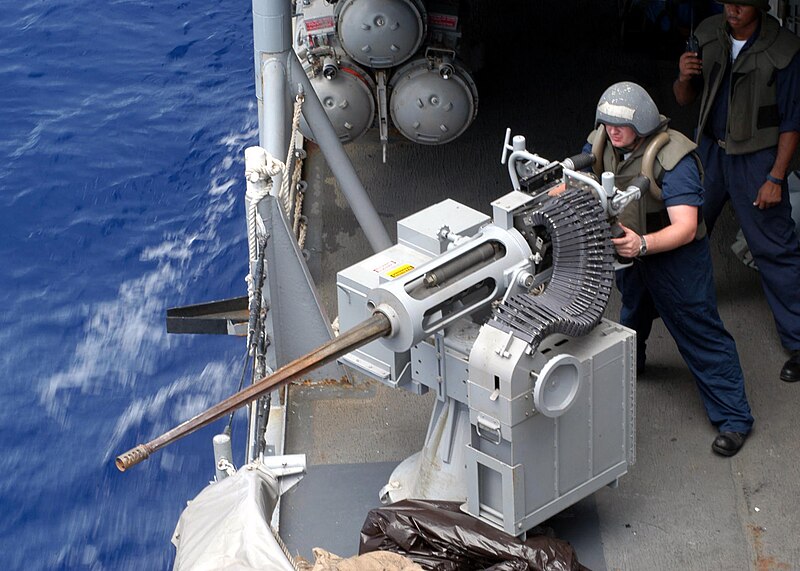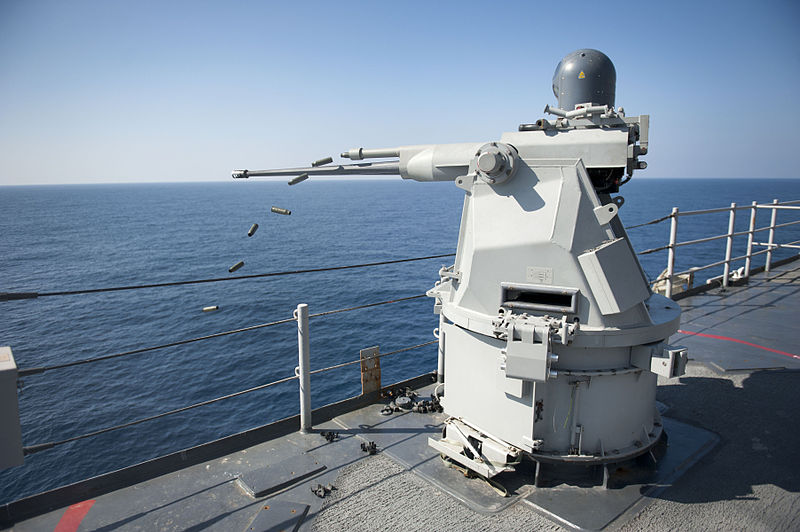AlexanderM said:
They should be well armed. Look at the Rasmussen design, which I expect would fit into our budget, it's armed with a 76mm main gun and can carry modules for ESSM's and ASW. Just my opinion, but this is the minimum we should be looking at. I'd like to stretch that design a bit and add a hanger, so it could carry a small to medium sized helicopter, doesn't have to carry a Cyclone.
I'm leaning towards the two platform solution:
n "heavies" and
n1 small combatants, plus AORs, submarines, tenders and training vessels, for the reasons
Underway gave. The justification for the small combatants is, as he said, "they are CHEAP TO OPERATE in crew, fuel and maintenance. They give the navy a cost effective answer to many questions and problems, allowing them to meet their domestic and continental requirements without sending a big expensive heavy."
It seems to me that if you arm them too well and make them big enough to carry a helicopter that we are:
1. At the point of buying a 3,500 ton ships which we don't really need; and
2. Devoid of CHEAP alternatives to the "heavies."
I would, I think, prefer to see the MCDV upgraded, just enough, and a replacement designed that is:
1. In the 1,000± ton range, say less than 1,500 tons;
2. Is stabilized so that it can "fly" UAVs;
3. Is lightly armed with a modern 25-30mm main gun and some machine guns;
4. Is built to mine counter measure standards - whatever that means in hull material, etc; but
5. Is also built to "slightly modified civilian standards;"
6. Has a crew of about 30 to 50 all ranks, which, I think, limits how many sophisticated systems the vessel can carry; and
7. Can be reconfigured (using ISO containers) for different missions.
Re: the "heavies." Can we not have the same hull and engine with several different configurations: general purpose frigate, AAW frigate, C2 ship, and, even, a few of
Kirkhill's "lily pads," ships able to deploy with, say, a company of light infantry on board?
In my perfect world we have three or four AORs, with helicopters, several submarines (several is more than three), 16 to 20 "heavies," all with helicopters, six to ten small combatants, flying UAVs, and several tenders, training vessels and so on. That sort of mix is, I believe, affordable - but not, I think, possible within the
budgetary constraints imposed by the Canada First Defence Stratgey - and would be
strategically effective, too, giving our government a global reach and a mix of options.



